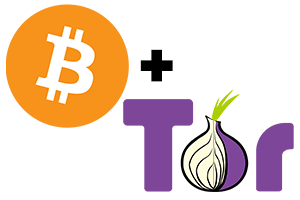
By default the size of a /boot partition in Linux is not that big, 512mb or so is quite a typical default. This space is used to store different versions of the Linux kernel that you have concurrently installed at the same time.
If this space fills up you may not be able to perform a kernel upgrade in future so it is important to not let it fill and free up space in /boot.


